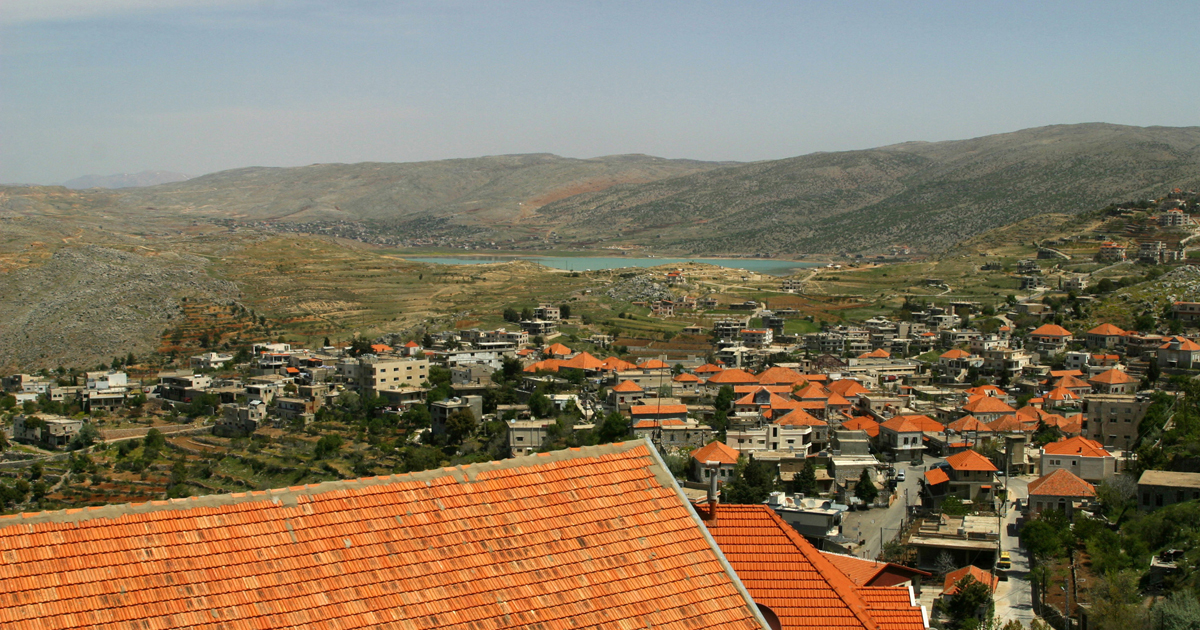One of the symbols of Lebanon’s independence is the Rachaya Citadel, where French mandate authorities held the country’s early national leaders captive during the 1943 rebellion that triggered the country’s independence.
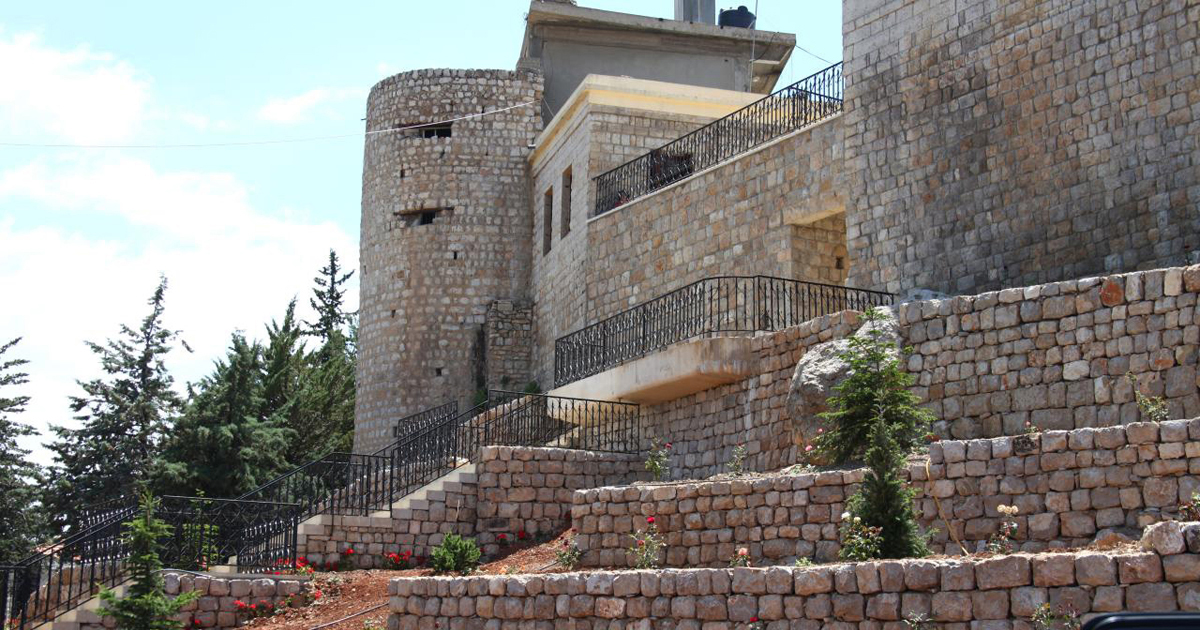 Their prison was an 18th-century citadel that can be visited today. The Lebanese Army, which is now temporarily stationed at the castle, will assign a guide to show you around the old vaulted chambers and rooms where the Lebanese patriots were held. The township of Rashaya has always occupied a strategic position overlooking the Taim valley, which is why the impressive and famous fortress was built there. The citadel was, in turn, Canaanite, Greco-Roman, Arab, Crusader and Ottoman.
Their prison was an 18th-century citadel that can be visited today. The Lebanese Army, which is now temporarily stationed at the castle, will assign a guide to show you around the old vaulted chambers and rooms where the Lebanese patriots were held. The township of Rashaya has always occupied a strategic position overlooking the Taim valley, which is why the impressive and famous fortress was built there. The citadel was, in turn, Canaanite, Greco-Roman, Arab, Crusader and Ottoman.
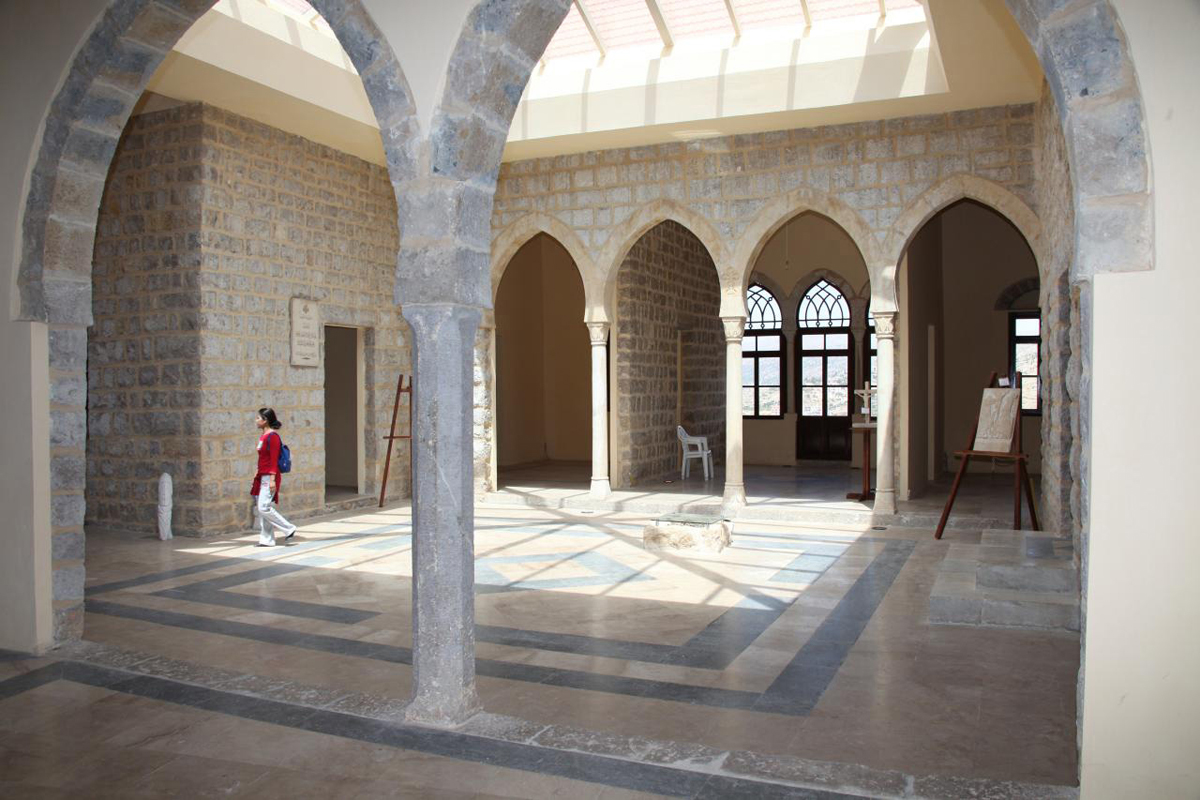
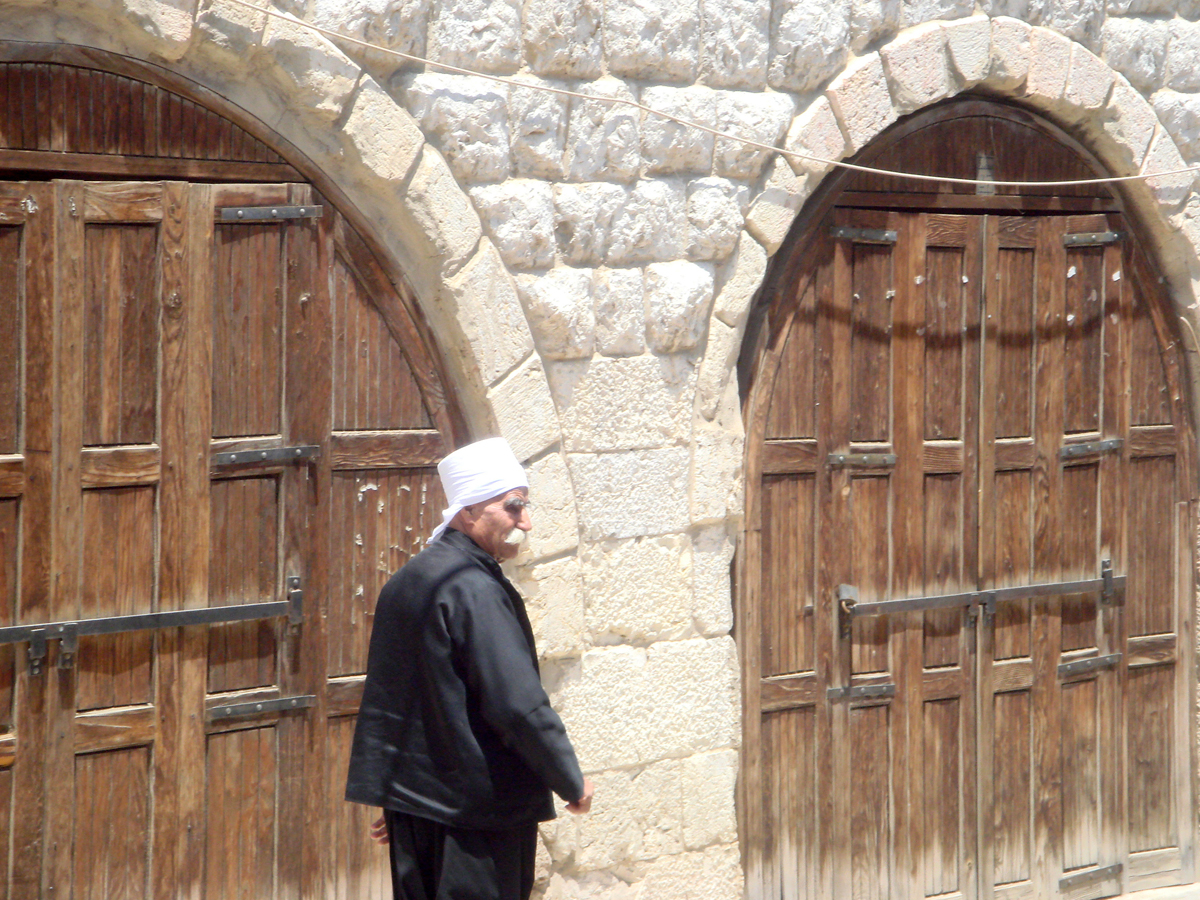
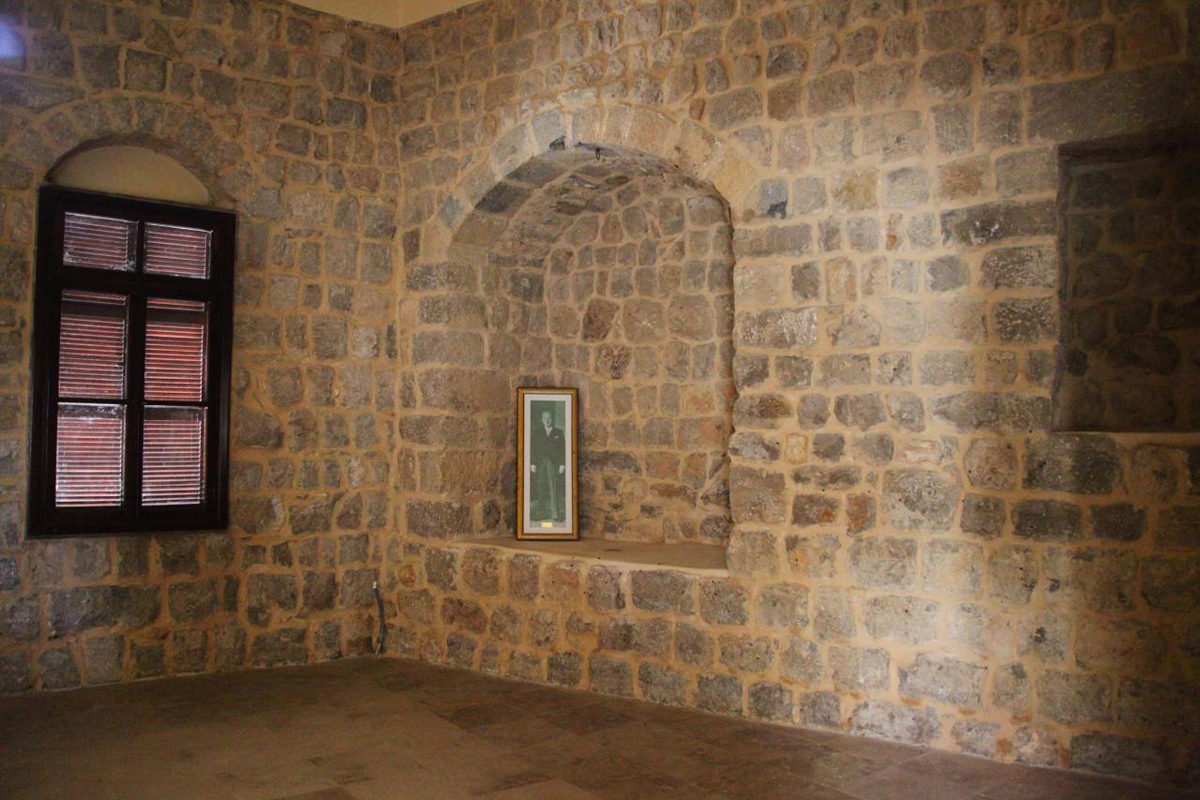
What to do in the area
